50 Ways Life Has Changed in the Last 50 Years
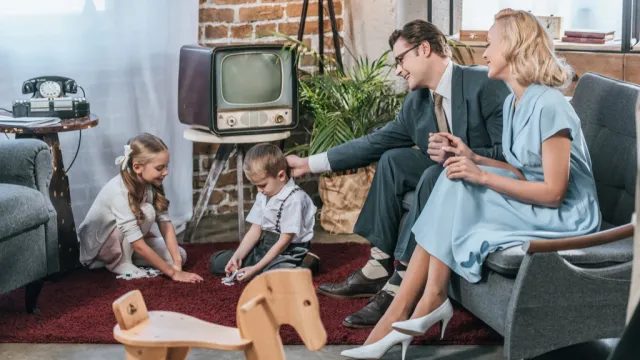
We’ve all heard members of older generations start a story with an eye-roll-prompting, “Back in my day,” which is then followed by a seemingly endless list of ways things have changed in the intervening years (generally portrayed in a negative lens). However, while those tales of walking 10 miles in the snow may be a little stale, there’s no denying that life has changed in some seriously significant ways over the last half-century.
From advances in technology and medicine to seismic paradigm shifts in romance and religion, life is majorly different today than it was just 50 years ago. Herein, we’ve rounded up the many, many ways how. And when you want to know what life could look like in another 50 years, check out the 30 Craziest Predictions About the Future Experts Say Are Going to Happen.
1
Working no longer means heading into an office

If you said you were “going to work” fifty years ago, that meant heading to a physical location outside of your home and chugging away until 5. Today, your couch is as good an office as any—in fact, a recent Gallup poll reveals that 43 percent of workplaces allow employees to work from home at least part of the time.
2
Exercise isn’t just for fitness fanatics anymore

While it’s not exactly like jogging or playing sports was invented in the last 50 years, the global focus on fitness has undeniably increased in the past half-century. While having a treadmill in your house in 1968 may have made you stand out, it’s not uncommon for people to own pieces of fitness equipment in their homes, and there are now more than 35,000 gyms in the United States alone. And when you want to get the most from your workout, check out these 40 Great Exercises for Adding Muscle Over 40.
3
Virtually nobody has a home phone
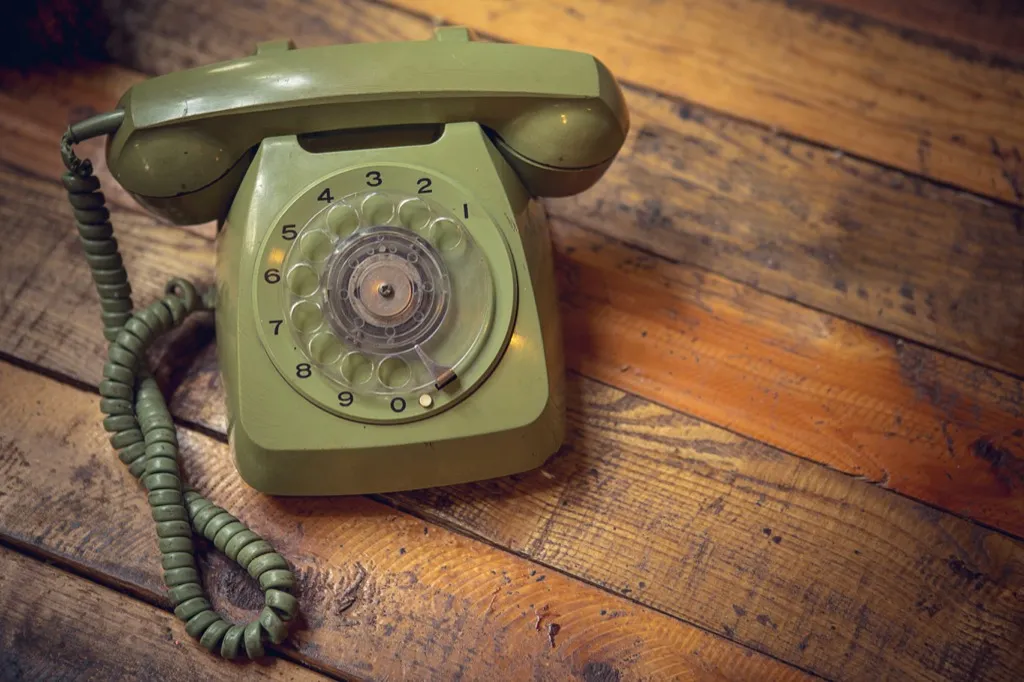
50 years ago, a home phone was a necessity. The number of people using one today, however, is lower than ever. In fact, according to CDC data, less than 50 percent of American homes now have a landline, with most opting for cell service instead.
4
We interact completely differently
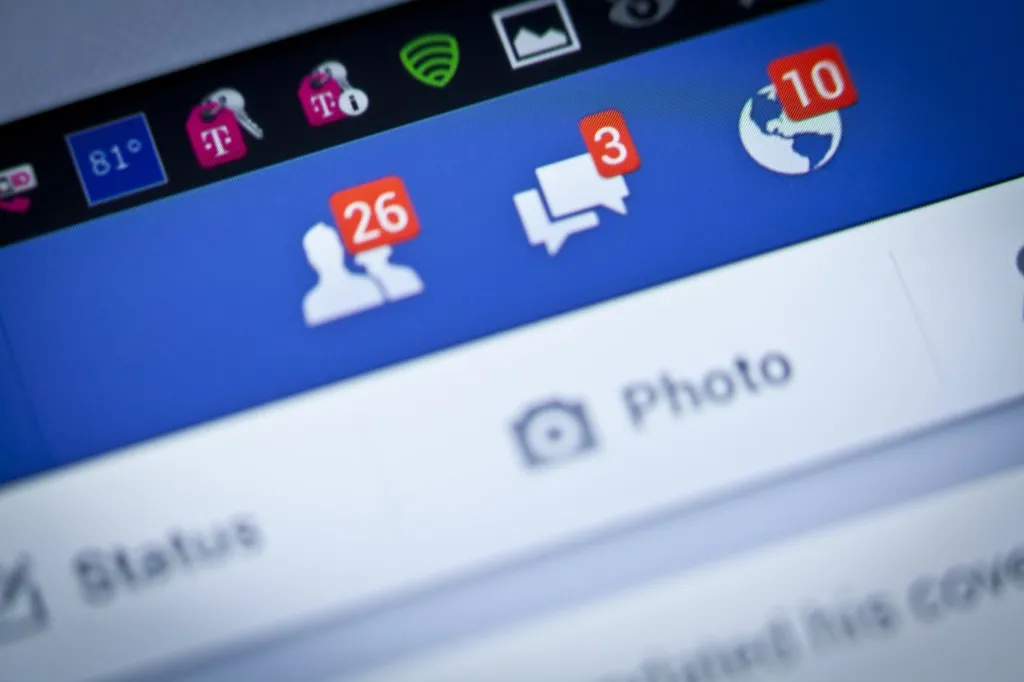
Back in the 1960s, if you wanted to get in touch with a friend, you rang them up on said land-line phone and asked how they were doing. Now, we don’t even have to check in to know what’s going on with our friends, thanks to social media, which grants us a voyeuristic view on how their relationships are going, where they go on vacation, and, in some self-absorbed cases, what they had for breakfast.
5
Duh. Everyone has a smartphone

Five decades ago, the idea of having a tiny computer in your pocket that can not only get you in touch with everyone you’ve ever met, but can also be used to track your run, order your groceries, and play your music would seem like the stuff of an outrageous sci-fi movie. However, today, 77 percent of all Americans own a smartphone, and that number only continues to climb. And if you feel like your devices are tying you down, discover these 11 Easy Ways to Conquer Your Smartphone Addiction.
6
Dating means little more than swiping right
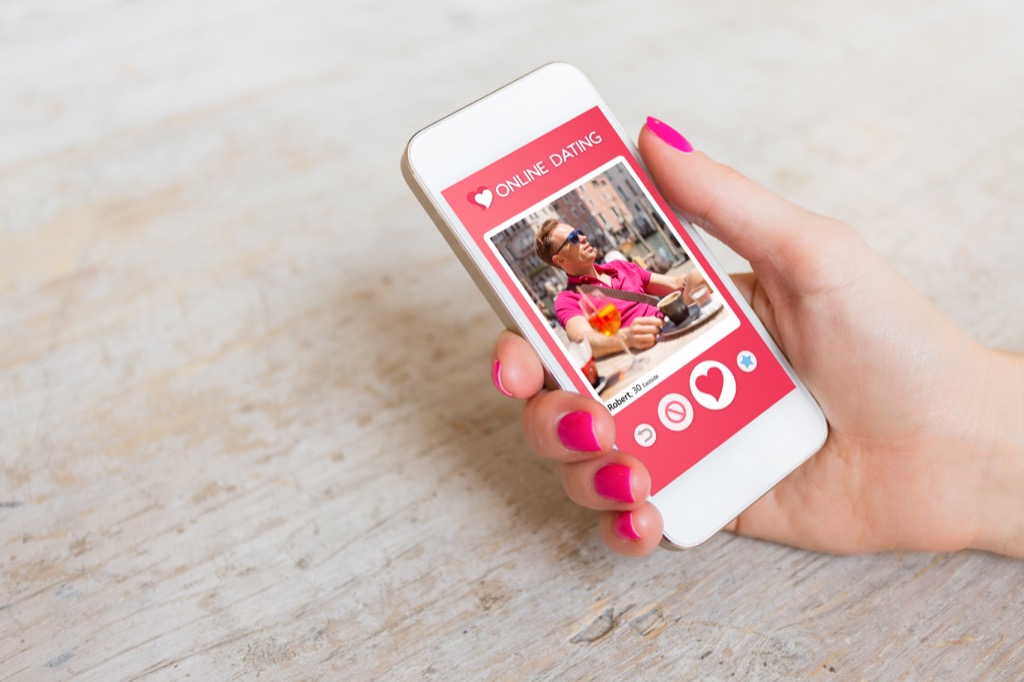
Dating 50 years ago meant one of two things: you met someone cute out in the world and exchanged numbers, or you had someone set you up. Today, hundreds of potential partners are just a swipe away, thanks to the proliferation of dating apps.
7
TV has become a bottomless resource
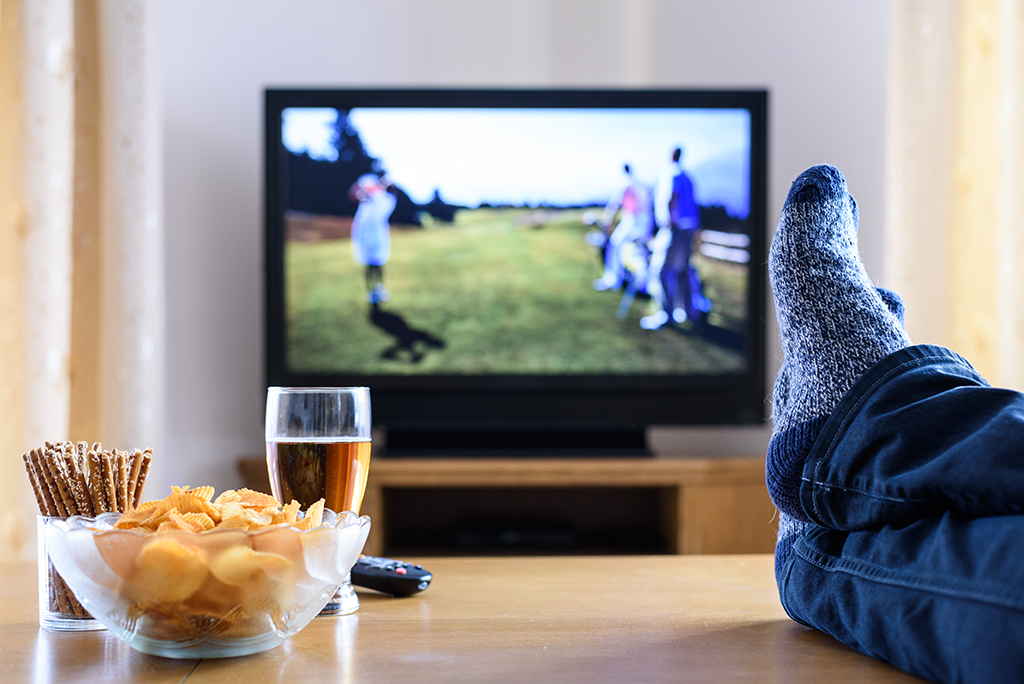
Just half a century ago, there were only a handful of TV networks. Even more unfathomable to some people, they actually stopped broadcasting at a certain point, meaning that if you were eager to distract yourself during a bout of insomnia at 2:00 a.m., you were out of luck. Today, there are hundreds, even thousands of channels at our fingertips 24/7, and we can even take our favorite shows on the go with us, thanks to our phones, tablets, and laptops. And if you’re eager to enjoy funnier fare when you tune in, check out the 30 Funniest Sitcoms of All Time.
8
Anyone can become a celebrity

Celebrity used to mean a specific thing 50 years ago—generally, it included having some kind of marketable talent. Today, a funny tweet or cute Instagram photo is enough to land you a book deal or TV show.
9
People are connected 24/7

Back in the 1960s, unless your boss had a habit of calling you at home, odds are your connection stopped the second you left the office. Today, the chances you hear from him or her at midnight or on a weekend or holiday just because something sprung to mind are pretty good.
10
Airplane travel got a whole lot less luxurious
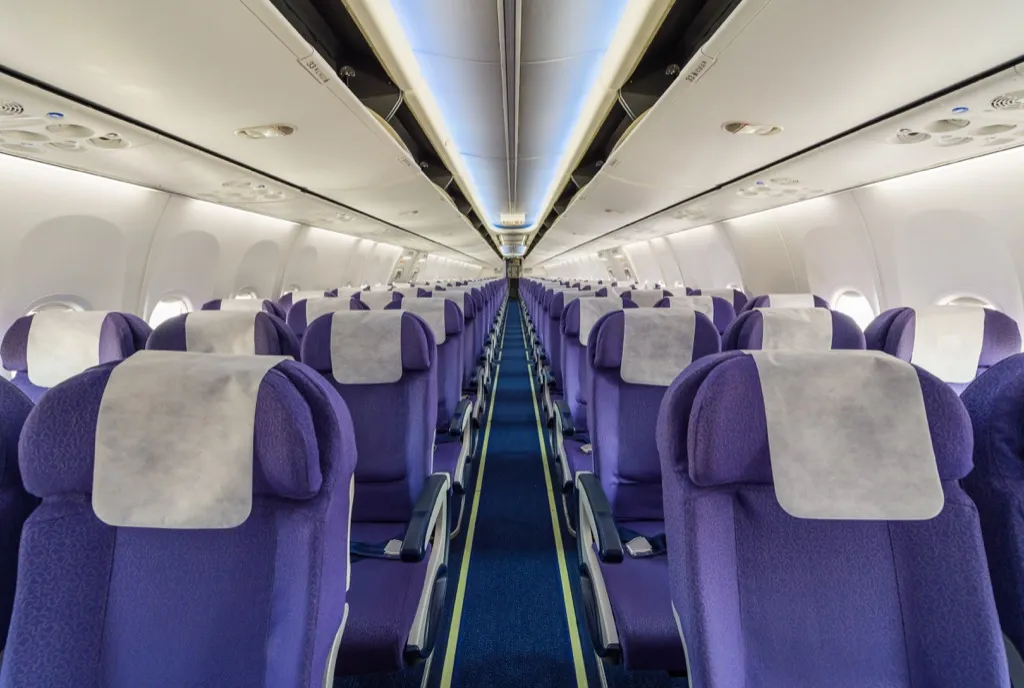
Flying was once a luxurious experience, with comfortable seats, decent food, and ample room to spread out—even in coach. Today, unless you’re flying first class, your seat is tiny, the plane is cramped, and you’re lucky if you can even get a glass of water.
11
Wearing a suit to the office isn’t the norm

If you were wearing anything other than suit or dress to the office 50 years ago, you were an anomaly. Today, even some of the world’s most powerful CEOs wear jeans and sneakers to work.
12
Retail stores are being replaced by the internet

The joy of shopping just isn’t what it used to be half a century ago. While getting new clothes, music, or groceries meant making a trip to the story 50 years ago, today, all it takes is a few taps on your smartphone.
13
A high school diploma won’t get you very far anymore

Not too long ago, a high school diploma was more than enough to secure you a good, steady job you could work until you retired. Today, thanks to inflation, wage stagnation, and an increasingly educated workforce, having anything short of a four-year degree makes it hard to find a job that pays a livable wage. Even some PhDs can’t find full-time employment these days.
14
Student debt has increased exponentially

Unfortunately, on the other side of that coin is the rising cost of attending a four-year college. In 1968, a year at the University of Pennsylvania cost less than $2,000 for undergrads. Today, it costs $68,600.
15
Watching live TV is a thing of the past

If you wanted to watch your favorite show 50 years ago, you needed to keep an eye on the clock to make sure you tuned in at the right time. Today, thanks to DVR and streaming services, you can watch whatever you want, whenever you want.
16
Our private lives are a whole lot less private
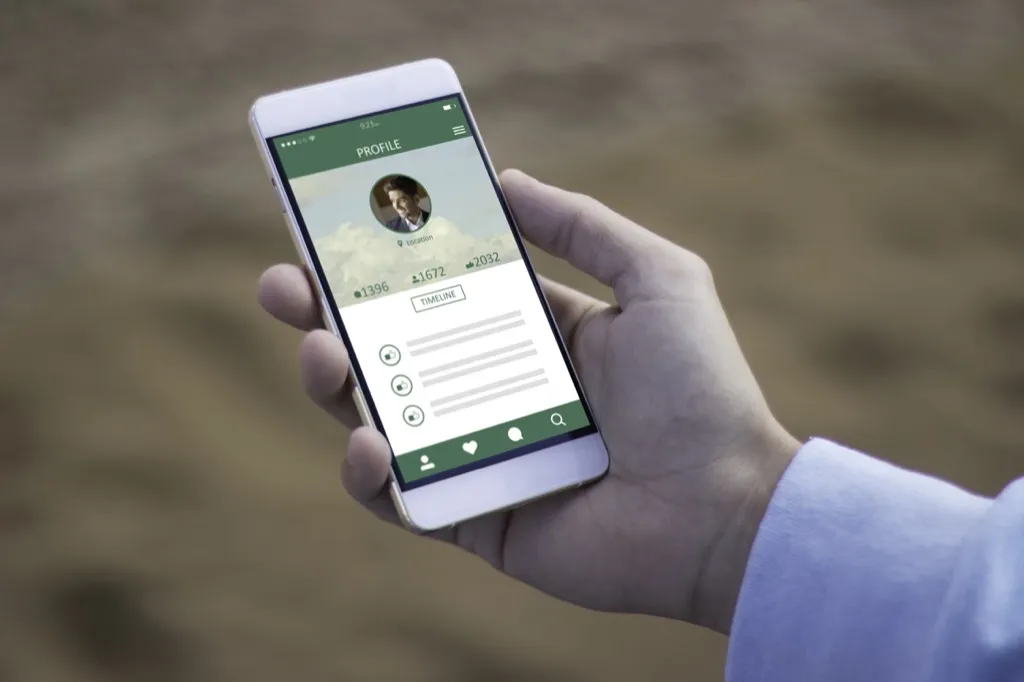
Even if you’re not a major over-sharer on social media, your information is a whole lot more accessible today than it was 50 years ago. Today, with just a few clicks, an acquaintance or even a stranger can find out where you live, your estimated income, where you work, your marital status, and plenty of other seemingly private details about you.
17
The news cycle is 24 hours

Half a century ago, if you wanted to find out what was happening in the world, you’d have to wait for the morning paper to come out. Now all we have to do is go to our preferred news site—or even Twitter—and we can find out what’s going on in real time, 24 hours a day.
18
Talking on the phone has been replaced by texting
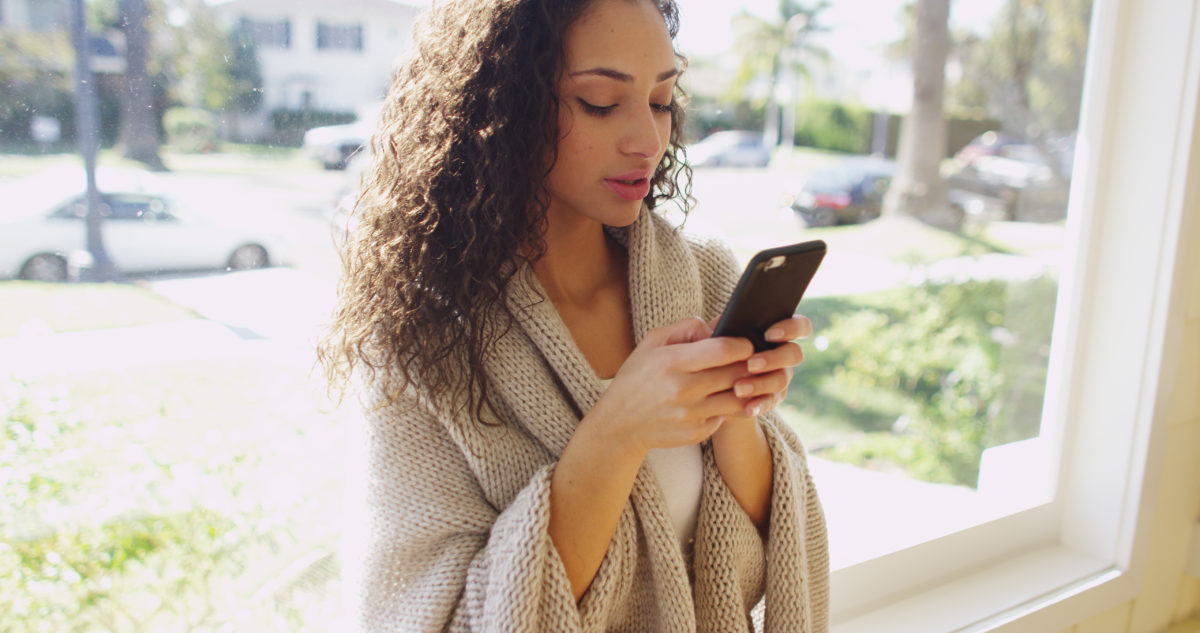
When’s the last time you actually talked on the phone to someone other than your grandparents? Information that used to take a lengthy phone call to convey is now delivered by text.
19
And answering machines are a thing of the past
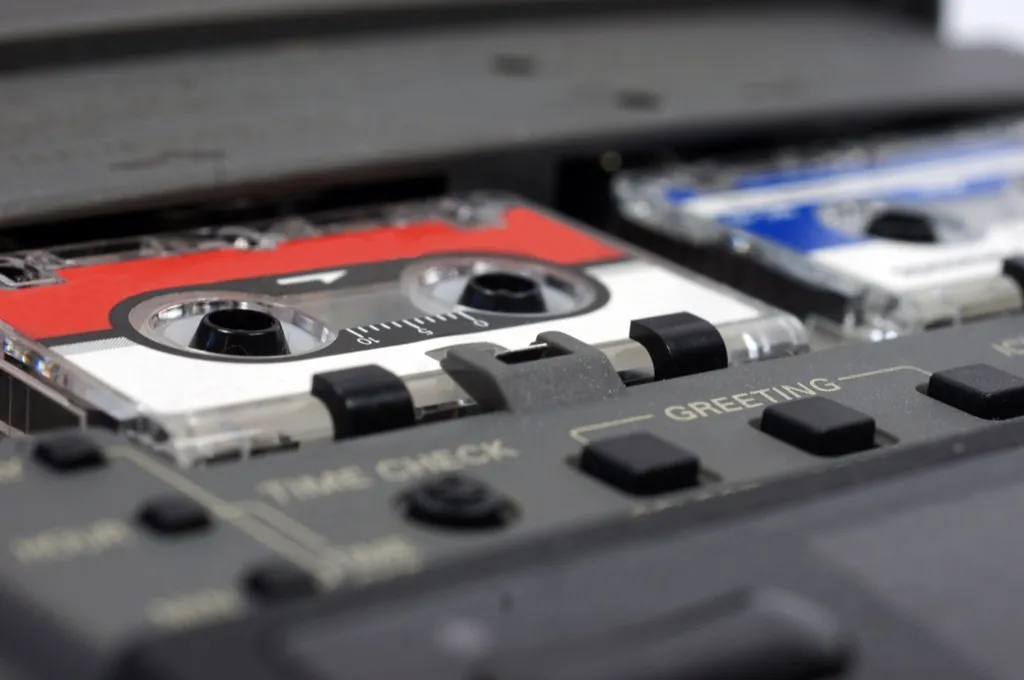
Checking your tape-based answering machine used to be one of the more annoying things about returning from a vacation, or even a day at work. Fast forward 50 years and you’re lucky if someone even listens to your voicemail without deleting it.
20
Writing letters is a charmingly antiquated hobby, not the norm

Today, getting a letter in the mail is charming, if somewhat antiquated. However, just 50 years ago, it was one of the more effective ways of communicating with people who didn’t live close by—especially if you wanted to avoid those sky-high long distance charges.
21
MP3s have replaced virtually every other music medium

Over the past half-century, we’ve gone through records, eight tracks, tapes, CDs, and mini discs, each with its own inconveniences. Today, thanks to MP3s and streaming services, we have a virtually infinite amount of music at our fingertips at all time.
22
The global population has exploded

In 1968, the global population was 3.56 billion. Today, it’s 7.6 billion, more than double what it was 50 years ago. The population of the United States alone has grown by significant margin during that time, as well. 50 years ago, the United States population was 200 million, while today it’s nearly 327 million.
23
Everyone recycles now

Just 50 years ago, the idea of having weekly recycling pickup was little more than a pipe dream. Today, recycling a can or piece of cardboard is as routine for most people as brushing their teeth.
24
Paper books are being replaced with digital versions

If you were heading out for a vacation 50 years ago and wanted to read something, that meant loading your luggage down with pounds and pounds of heavy books. Now, thanks to the invention of eReaders and apps, all it takes is one tiny device to bring your personal library everywhere.
25
Milkmen are out of jobs
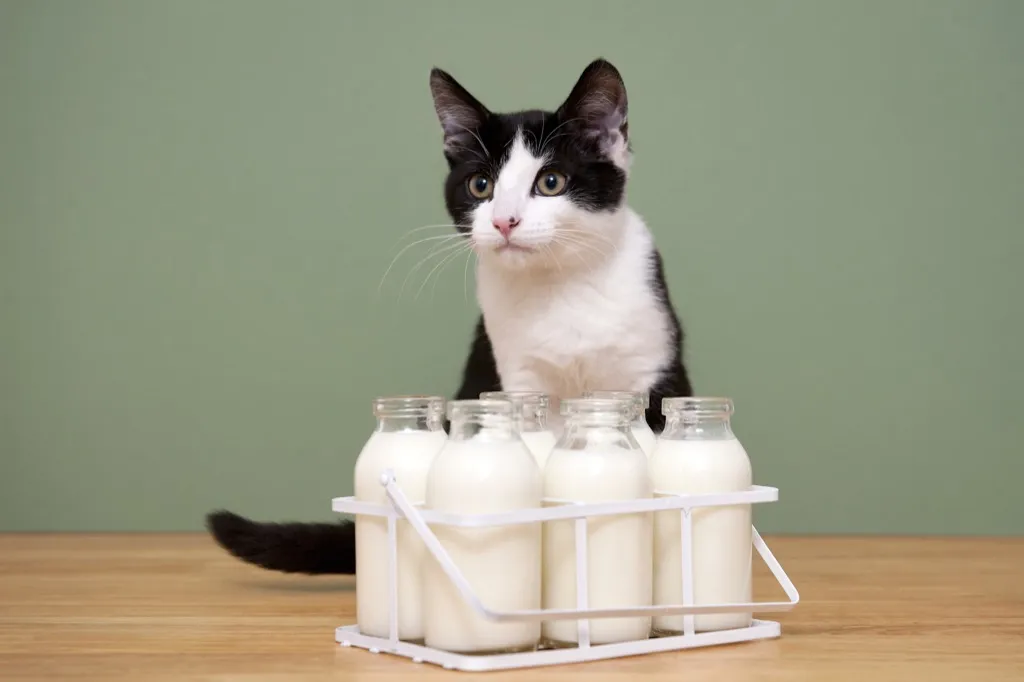
Sorry, milkmen, your jobs weren’t as secure as you initially thought. While your parents or grandparents may have had milk delivered to their door by a milkman 50 years ago, today, virtually everyone gets their dairy from the store.
26
Taking pictures of yourself is a normal hobby

If you told someone 50 years ago that taking photos of yourself was not only a hobby, but could make you a star, they’d call you crazy. But, of course, not only are Instagram selfies enough to get you millions of fans today, they’re even worthy of publishing in a book—just ask Kim Kardashian.
27
Virtually everyone owns a computer

Just 50 years ago, if you knew someone who had a computer at home, it probably meant they were an inventor. Today, 78 percent of Americans have either a laptop or desktop computer at home, according to Census data.
28
Fewer people smoke—and no one smokes indoors

Today, just 15.5 percent of the population smokes cigarettes, and that number continues to decline with every passing year. In the 60s, 42 percent of the population smoked regularly—and worse yet, many places, including restaurants and airplanes, allowed them to do so indoors.
29
Having big families isn’t the norm anymore

In many developed countries, the birth rate has been on a steady decline for some time now. While having six kids wasn’t exactly jaw-dropping 50 years ago, today it’s definitely not the norm.
30
The suburbs are losing their appeal

As families get smaller and more women work outside the home, the lure of a white picket fence is decreasing significantly. In fact, in America alone, 62.7 percent of the population lives in urban areas today, a number that’s gone up in recent years.
31
Getting older isn’t what it used to be

Just 50 years ago, being 60 meant a few things: you were close to retirement, you might already be a grandparent, and you probably didn’t look like you were 35. Today, we’re delaying retirement, fewer people have children or grandchildren, and advances in anti-aging treatments are making people look younger than ever. Case in point: you’d never guess it by looking at her, but Christie Brinkley is 64 years old.
32
The low-fat fad has gone the way of the dinosaur
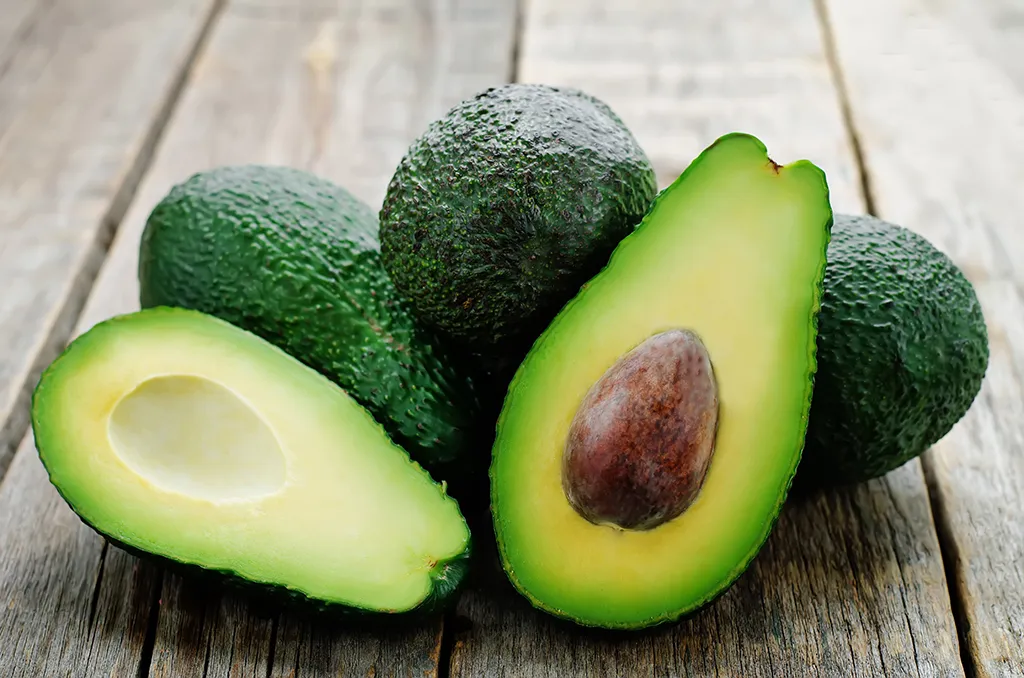
Eating healthy used to mean one thing: cutting out the fat in your diet. Fast forward 50 years and we’re rapidly adopting diet plans that not only don’t eschew fat, but actively encourage its consumption instead of carbs.
33
Going green isn’t just for hippies anymore
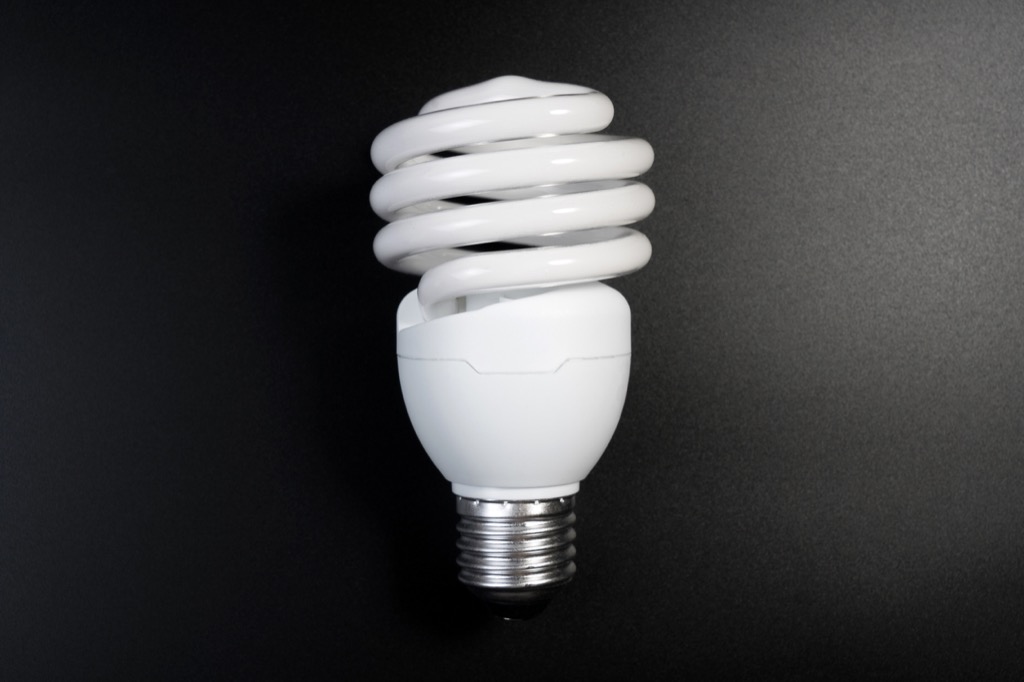
Fifty years ago, making a vested effort to protect the earth would get you labeled a tree-hugger. Today, if you’re not using LED bulbs and bringing your own bags to the grocery store, you’re being wasteful.
34
Tattoos are no longer counter-culture

Having a tattoo used to mean that you were some kind of rebel just half a century ago. Today, you’re as likely to see a sleeve on a kindergarten teacher as you are on a biker. If you’re interested in getting inked up yourself, check out the 100 Amazing Tattoo Ideas for First-Timers.
35
Awesome electronics are getting cheaper all the time
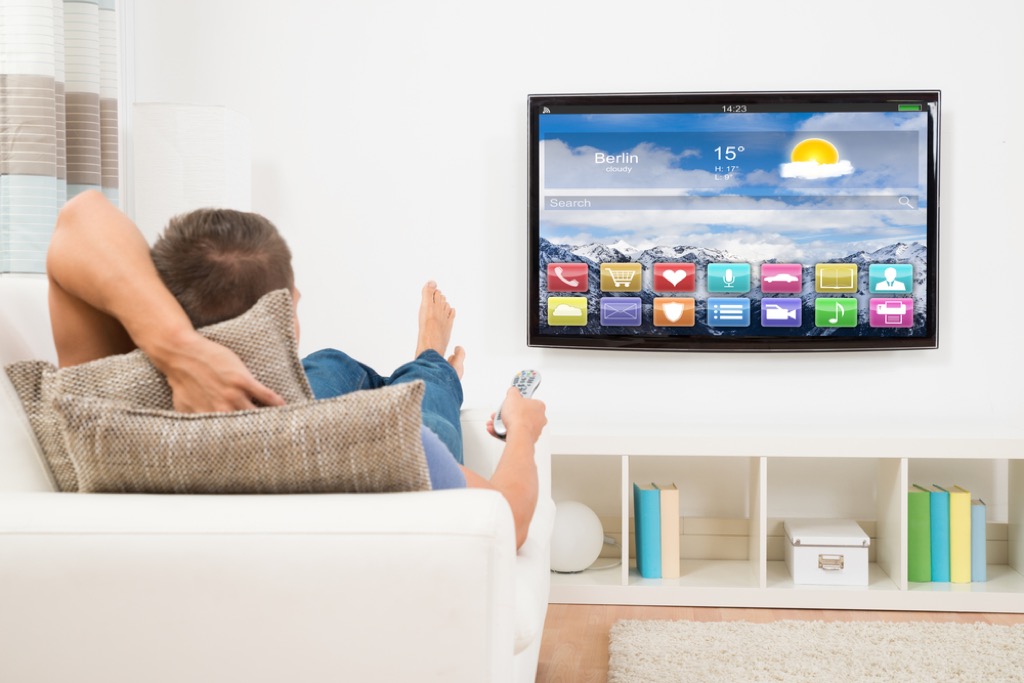
A big, fancy TV used to cost a whole month’s paycheck. Today, the market is flooded with cheap electronics, meaning those former big-ticket purchases are more affordable than ever.
36
Parenting is an entirely new ballgame

While parenting books certainly existed 50 years ago, new moms and dads weren’t nearly as inundated with information as they are today. Now, between books, websites, apps, Facebook groups, and in-person meetups, new parents are flooded with information on everything from how to name your baby to how to parent them like the French.
37
Religion plays a smaller role in many people’s lives
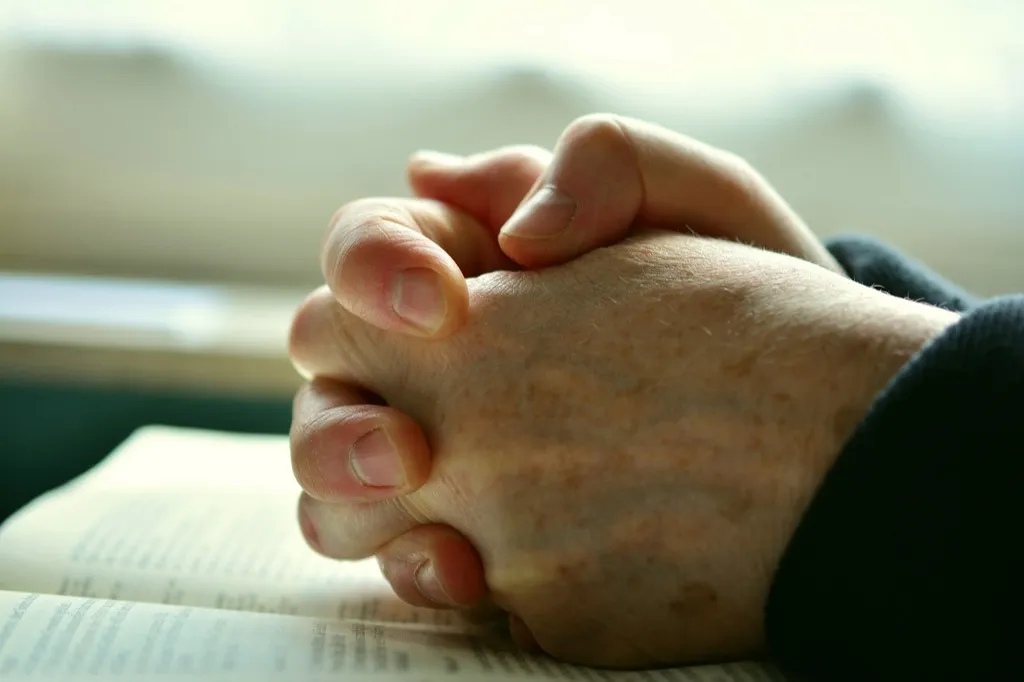
Just 50 years ago, Gallup research found that 97 percent of respondents admitted to belonging to a religious group. Today, more and more individuals are distancing themselves from organized religion, with just 77 percent claiming to belong to a religion today.
38
We have a wild amount of knowledge at our fingertips 24/7

Ask most kids today how the Dewey Decimal System works and they’ll respond with a look of combined shock, confusion, and horror. In fact, over the past 50 years, the amount of information we have access to has grown exponentially, and made formerly useful tools, like card catalogs and encyclopedias, virtually obsolete.
39
The fax machine… Poof.
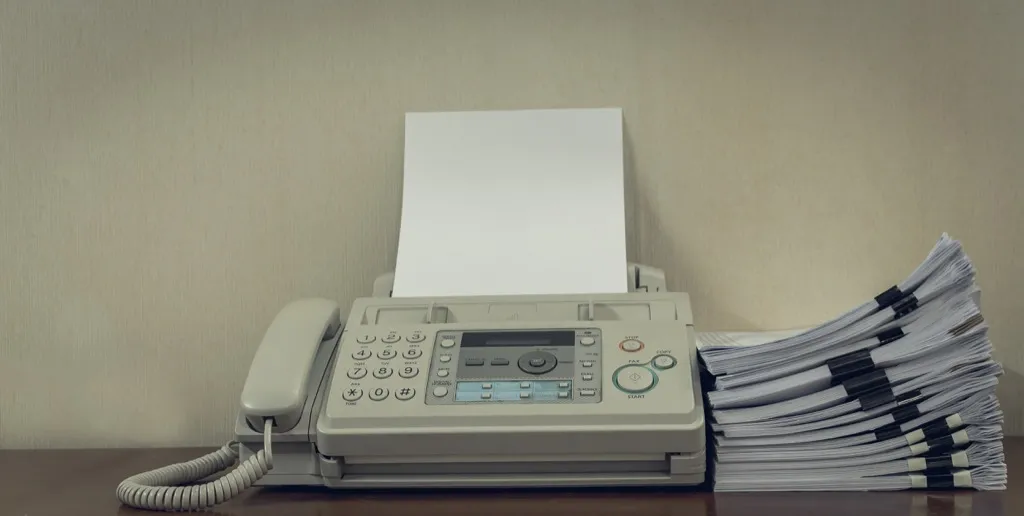
Faxes were once the pinnacle of modern technology, making it easy to transmit huge amounts of information in a relatively short amount of time. Today, we can do the same thing with our phone or laptop in mere minutes instead of hours.
40
Birth control options have expanded exponentially

The first oral contraceptive was approved by the FDA in 1960. Today, we not only have tons of different oral contraceptives on the market, we’ve got implants, patches, and even Plan B, which doesn’t even require a prescription in the U.S. anymore.
41
Our cars are bigger than ever

Driving a sedan just big enough for you and your family may have been the norm 50 years ago, but that’s far from the case today. In fact, thanks to the proliferation of SUVs on the road, our cars look seriously tank-like compared to the ones our parents were driving.
42
Our cars can drive themselves
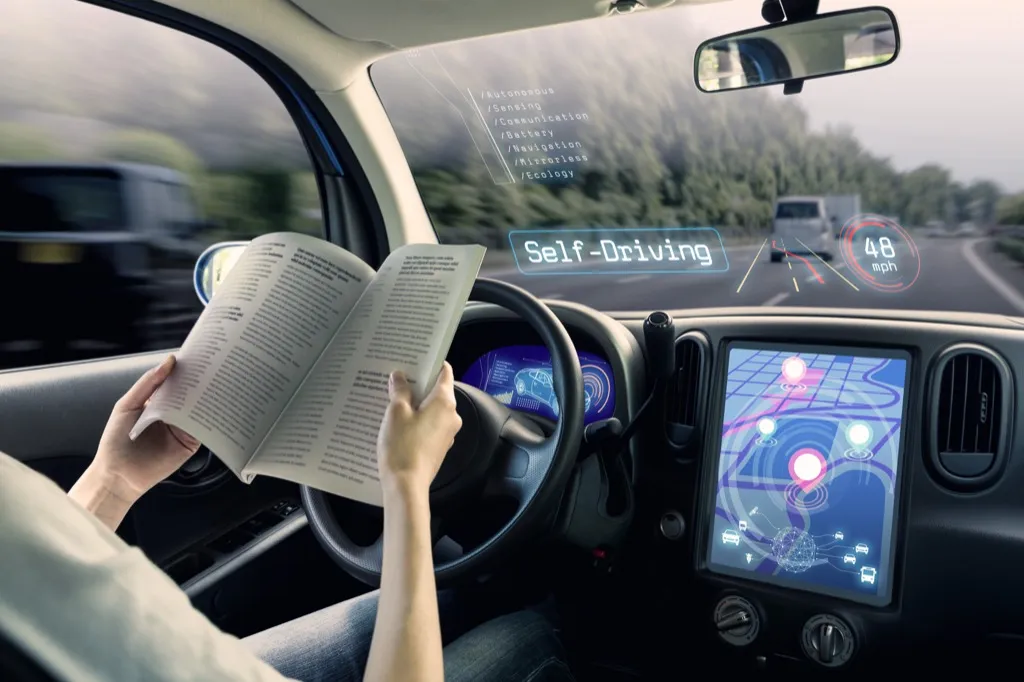
Even more amazing and hard to believe, some of our cars today can even drive themselves. If you told that to someone 50 years ago, they’d assume you were rehashing a Jetsons plot. And for more mind-blowing sci-fi come-to-life, learn the 20 Types of Artificial Intelligence You Use Every Single Day And Don’t Know It.
43
The population is getting fatter
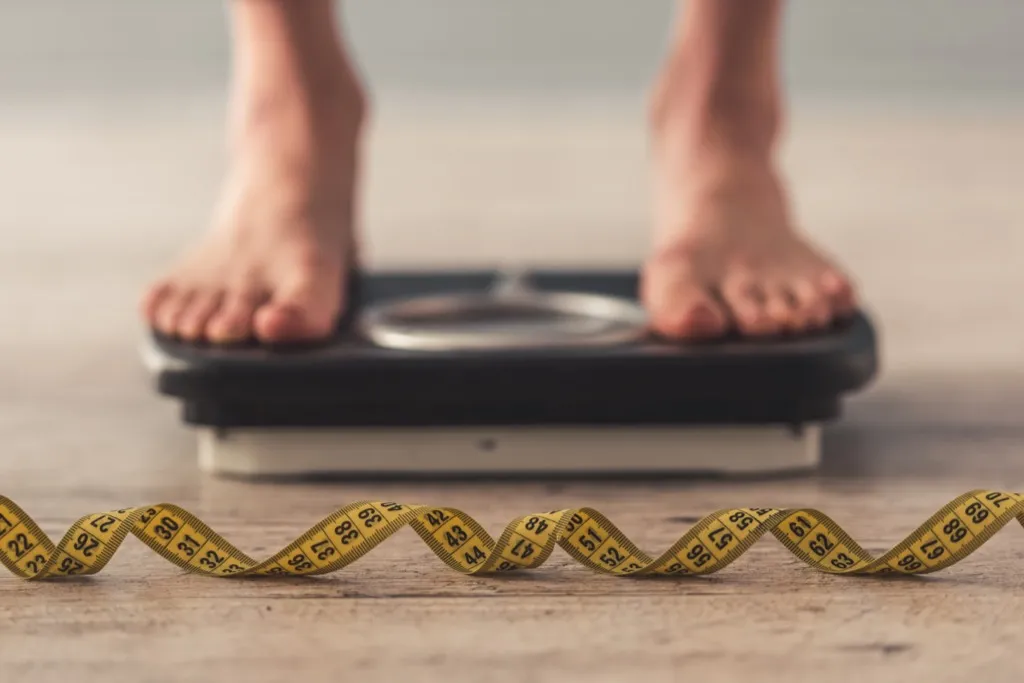
Unfortunately, our cars aren’t the only things getting bigger. As portion sizes get larger, so do we—in fact, 70.7 percent of adults in the U.S. are now overweight or obese, a figure that’s risen sharply over the past 50 years.
44
Making copies doesn’t require a trip to the store
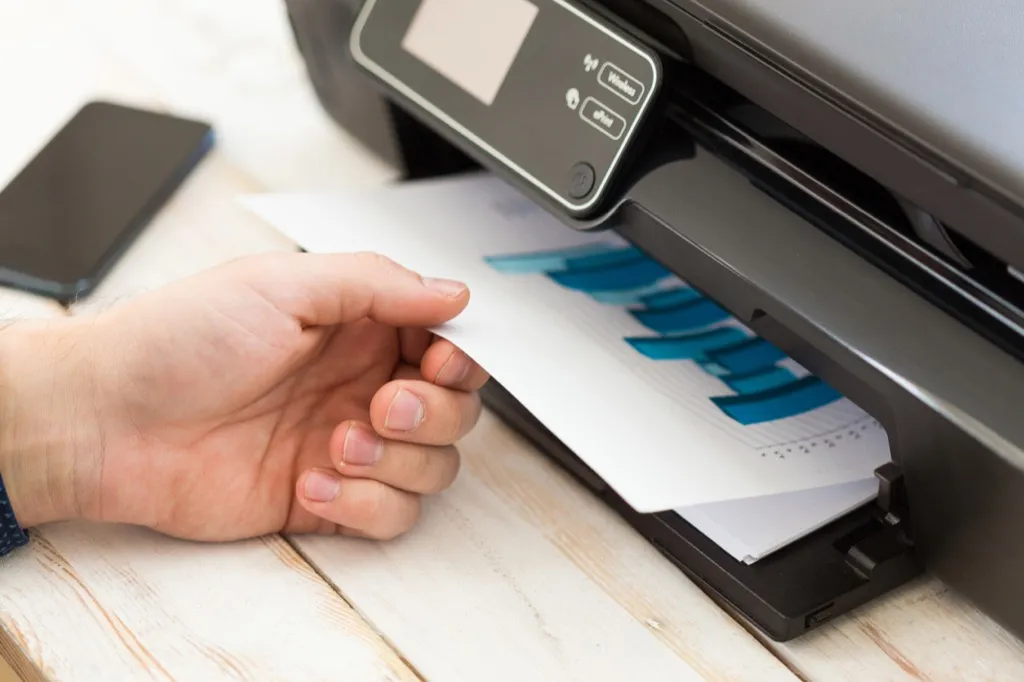
Making copies of something used to be something you could do in one of two places: an office building or a copy shop. Now, thanks to scanners and smartphones, you can make a copy of virtually anything at any time.
45
Concerns about security have heightened exponentially
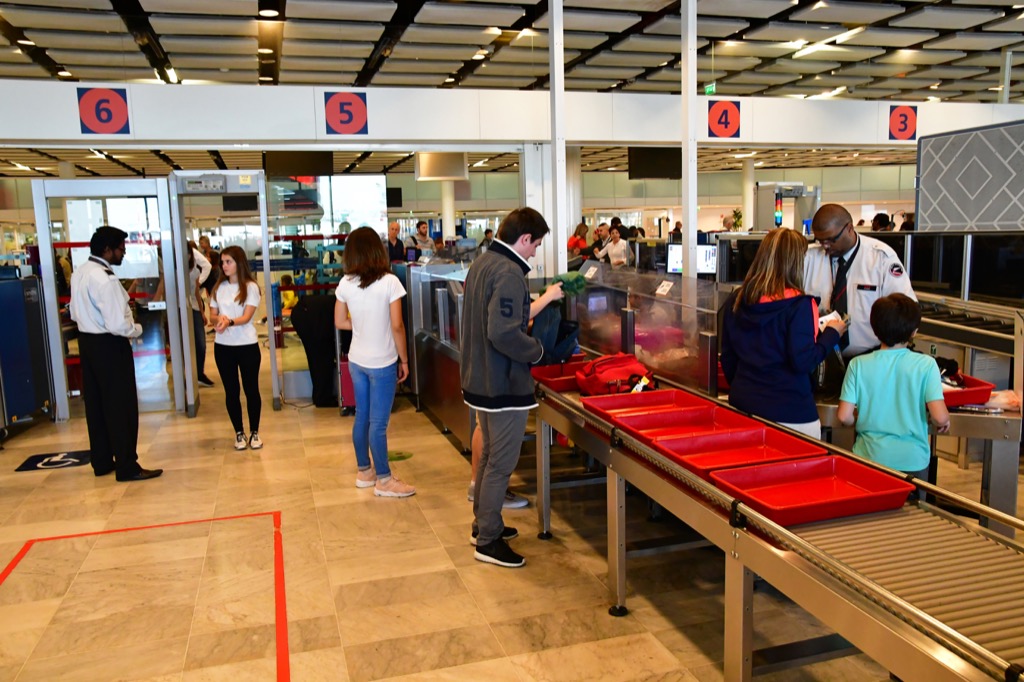
Wanted to bring a bottle of water and a lighter on a plane 50 years ago? No problem! Today, on the other hand, you can’t even bring a full-sized bottle of conditioner in your carry-on.
46
It’s harder than ever to pay the bills with blue-collar work
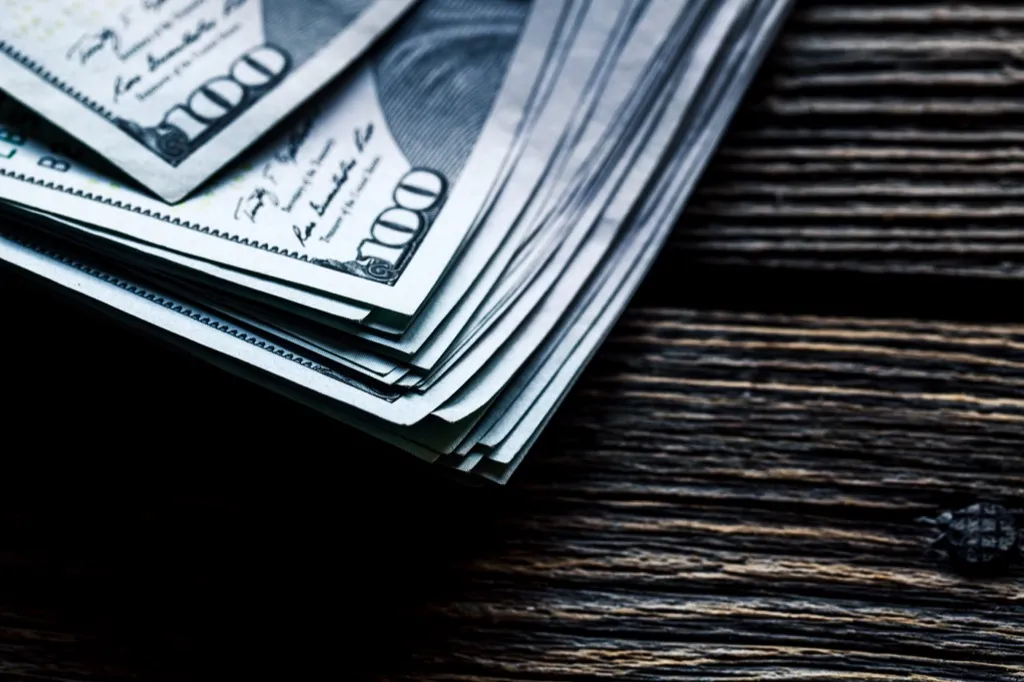
Unfortunately, over the past 50 years, paying the bills has gotten more difficult for blue-collar workers. While you may have been able to buy a modest home and support a family without a fancy job half a century ago, it’s becoming harder and harder to do so today.
47
Traveling is cheaper than ever
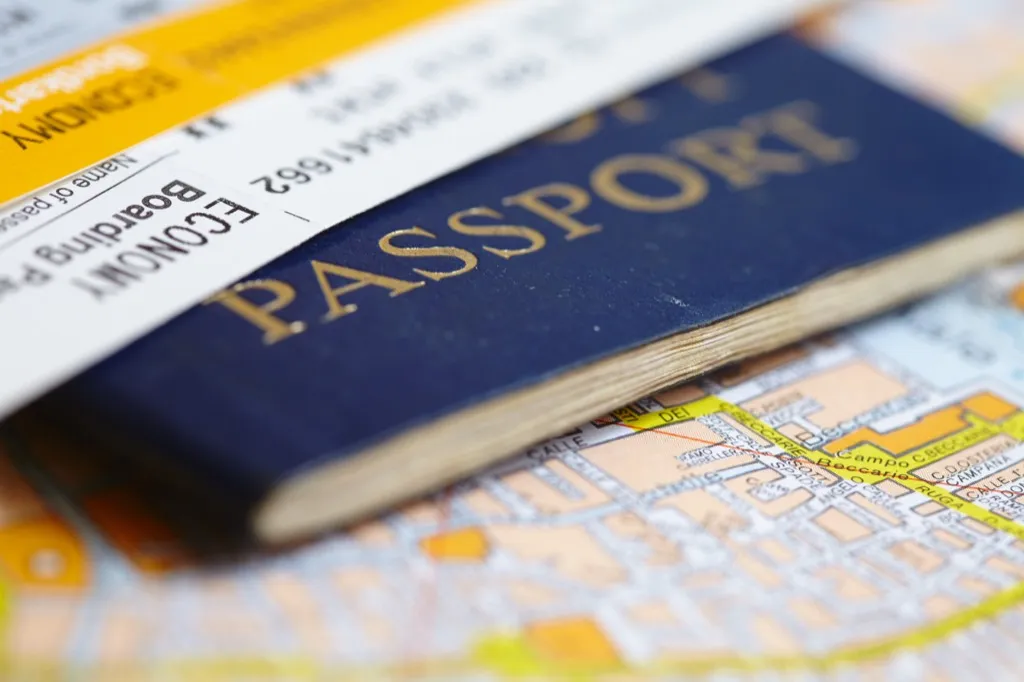
If you want to see the world, there’s never been a better time to do so. In fact, over the past 30 years alone, airline ticket prices have dropped by nearly 50 percent.
48
Marriage isn’t as big a priority as it once was

As the stigma against unmarried cohabitation continues to decrease, the number of people choosing not to say “I do” has been on the rise. While approximately half of all 30-somethings are married today, people are generally getting married later or forgoing the ritual altogether.
49
International products are no longer a luxury

With international flights becoming cheaper and the internet making goods produced elsewhere more accessible, it’s easier than ever to own a wealth of items and products from other countries. From personal care products to furniture to food, it’s never been simpler to have something from overseas shipped to your front door.
50
We’re living longer

Just 50 years ago, the average life expectancy was just over 70 years in the United States. Today, we’re living longer than ever—the average American can now expect to live to be 78.6 years old. And when you want to increase your personal longevity, start with these 100 Easy Ways to Live to 100.
To discover more amazing secrets about living your best life, click here to sign up for our FREE daily newsletter!